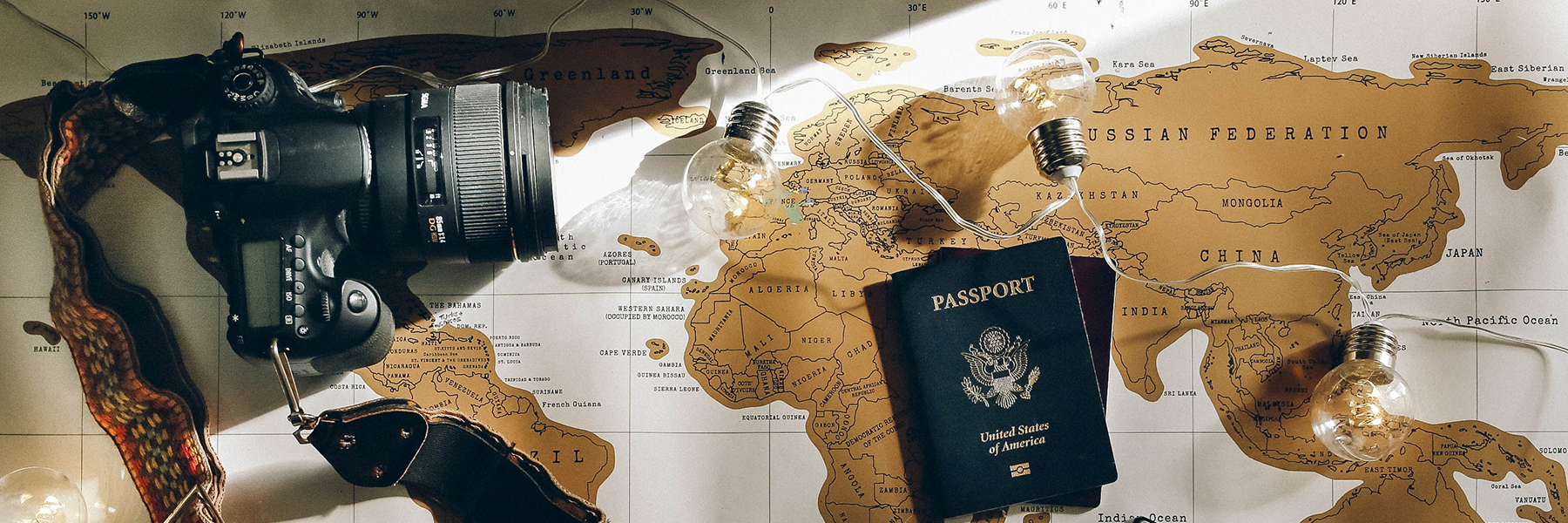Traveling with an illness like myasthenia gravis can be challenging, but with some planning and the right tricks up your sleeve, you can enjoy your trip safely.
Bring your MGFA Emergency Packet. If you don’t have one, request one at myasthenia.org/MG-Community/-MG-Emergencies. This packet contains an emergency alert card that explains MG and provides a list of cautionary medications. There are also several brochures about MG written for EMTs and other medical professionals. This will help should you find yourself in a crisis or needing medical care.
Plan ahead. Look up hospitals in the area where you’re traveling. You can check the MGFA MG Partners in Care directory for MG specialists in the area in case you need one. Make sure you understand your insurance coverage for out-of-network care. Also make sure you bring extra medication and any medical devices you might need.
Build rest time into your itinerary. Shawna Barnes, who has had MG for over a decade, likes to take a day to rest when she arrives at her destination and another day before she leaves, especially if her travels involve long days of driving. (You can read all her tips on Myasthenia Gravis News.)
Make flexible (and refundable) plans. When offered, always get the travel insurance. Get the refundable ticket and hotel room. You never know when a flare up might happen, and planning for a trip can be a stressful trigger. Make sure it’s easy to change your plans.
Review disability assistance and services available through your airline. You can request wheelchair assistance throughout the airport if needed. If you’re flying alone, you can also request a pass for someone to help you through the airport to your gate – ask at your airline’s ticket counter.
That goes for theme parks, too. If you’re visiting a theme park this summer, call visitor services, or check their website for disability support services. Some parks offer a service that lets you virtually save your spot in line – without having to stand in the line – if you aren’t physically able to. (Others provide this option at a price for all guests, such as Disney’s “Lightning Lane.”) Most parks, zoos, and aquariums have scooters or wheelchairs you can rent, too. If you’re in a wheelchair, you can often access rides and attractions via a different entrance line.
Considering a cruise? Pace yourself, suggests travel agent and MG patient Dawn Warner. “There can be a lot of walking on the mega ships,” she shares on her website. She suggests resting in shady spots as you explore and to consider requesting a room in the middle of the ship. Some cruise ships also have mobility scooters available to rent on board, as well as accessible rooms. And they all have ship doctors who can help you if you need it – just remember to bring your MG Emergency Packet to give them a quick refresher on MG.
Going somewhere warm? Remember to chill! The heat can exacerbate MG. A cool vest can literally be a lifesaver. Keep extra ice packs in a cooler in your car to easily swap them out.
Thinking about a big trip overseas? Consider a tour company that specializes in accessible travel. These companies plan and organize trips for people with a mobility impairment or complex health issues.
Have fun! Remember that rest and relaxation are good for your physical and mental health.

